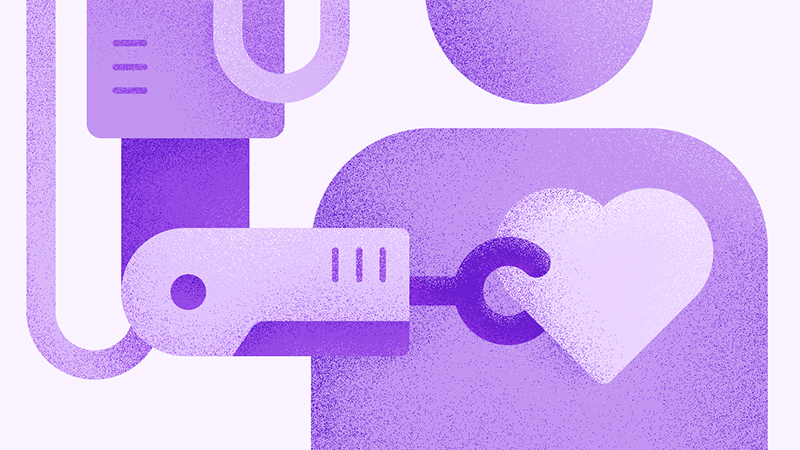In the dynamic landscape of finance for manufacturing, the idea of Pay-per-Use Equipment Finance is emerging as an unifying force, changing conventional models while providing unimaginable flexibility to companies. Linxfour is at the forefront this revolution by leveraging Industrial IoT in order to bring a completely new style of finance, which benefits both the equipment manufacturer and the operator. We look at the complexities of Pay Per Use financing and its impact on sales during difficult times.
The Benefits of Pay-per-Use Financing
Pay-per use financing is a game changer for companies. Instead of rigid fixed-priced payment schedules, businesses are able to pay based on the usage of the equipment. Linxfour’s Industrial IoT Integration ensures accurate monitoring, transparency, and avoids hidden costs or penalties when equipment is not in use. This approach is innovative and allows greater flexibility in managing cash flow, which is particularly critical during times of low customer demand is fluctuating and revenue is lower.
The impact on sales and business Conditions
The overwhelming consensus among equipment manufacturers is a testament to the benefits of Pay Per Use financing. Even in difficult economic times 94% believe this is a great method to increase sales. This ability to directly match costs with the amount of equipment used does not just attract companies that want to reduce their expenses, it also creates a desirable opportunity for manufacturers to offer more attractive financing options to their customers.
Shifting from CAPEX to OPEX: Accounting Transformation
Accounting is one of the major distinctions between traditional leasing as well as pay-per-use finance. Businesses undergo a major transformation when they change from capital expenses (CAPEX) as well as operating costs (OPEX) with Pay per Utilization. This has significant implications on financial reporting, as it gives a more precise image of the revenue-related expenses.
Unlocking Off-Balance Sheet Treatment under IFRS16
Pay-per-Use finance has an distinct benefit, since it is not a part of the balance sheet. This is a critical element to be considered when designing the International Financial Reporting Standard 16 IFRS16. Through the transformation of costs for financing equipment businesses can eliminate these obligations off their balance sheet. This helps reduce financial leverage, and lowers investment risk that makes it attractive to businesses looking for a more flexible financial structure. Click here IFRS16
Integrating KPIs in the case of Under-Use
Pay-per-Use model In addition, it is off-balance sheet, contributes to improving performance indicators such as free cash flow and Total cost of Ownership (TCO) especially when there is under-utilization. Leasing models that are constructed on the basis of traditional methods may cause problems if equipment isn’t being used in the way that is expected. Companies can improve their financial results by reducing the amount of fixed payments for assets that are not being used.
Manufacturing Finance The Future of Manufacturing Finance
Innovative financing options like Pay-per-Use are helping businesses navigate the complexity of an economy that is constantly changing. They also open the way to a future that is more adaptable and durable. Linxfour’s Industrial IoT approach benefits not only equipment operators and manufacturers as well, but it also aligns with the trends of businesses that are looking for affordable and flexible financing solutions.
Conclusion: The integration of Pay-per Use financing along with the accounting transition from CAPEX to OPEX and off-balance sheet treatment in IFRS16 represents an important shift in the world of manufacturing finance. In a business environment which is constantly changing business owners are searching for ways to increase their financial flexibility, efficiency and KPIs. This innovative financing method can help them achieve these goals.




